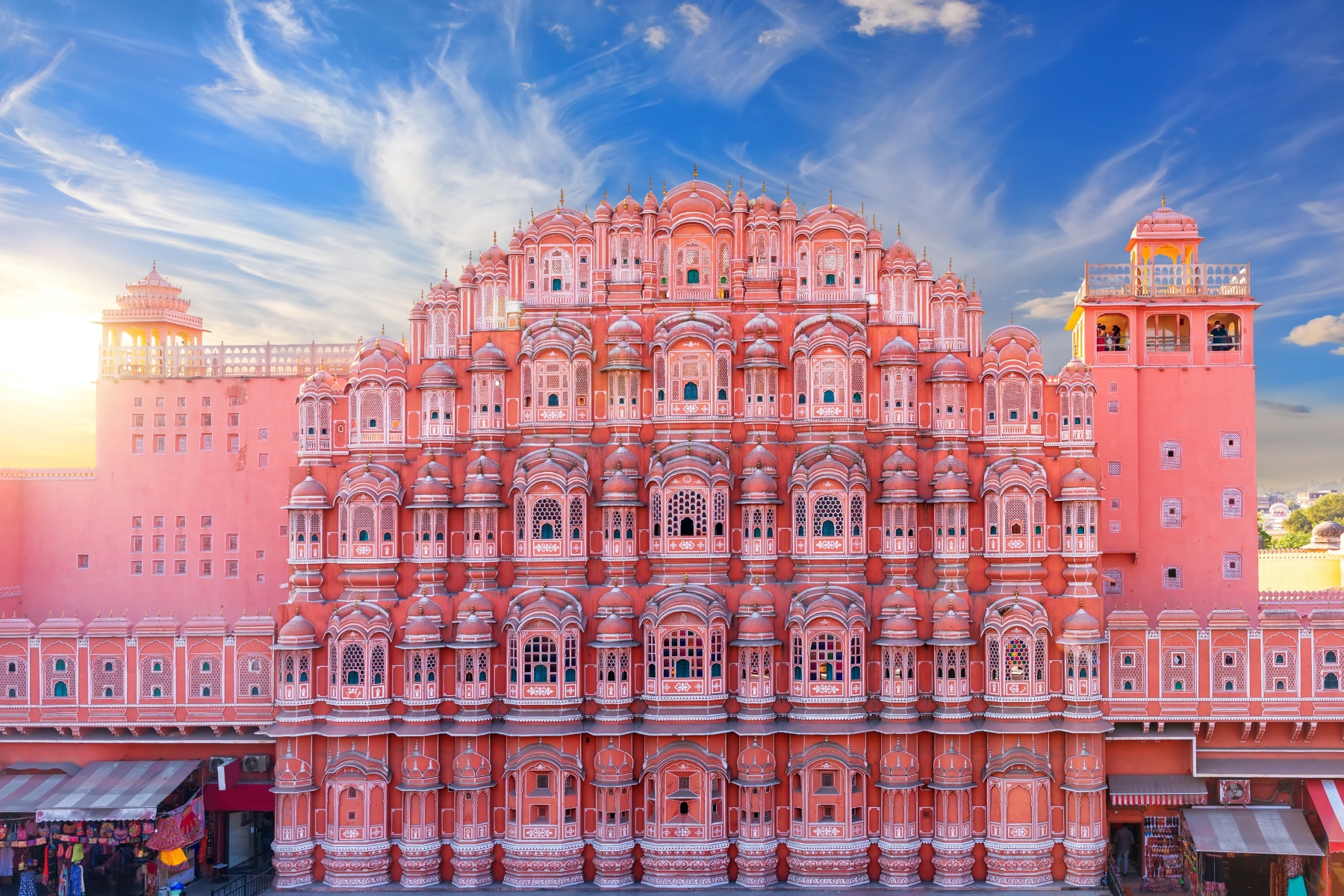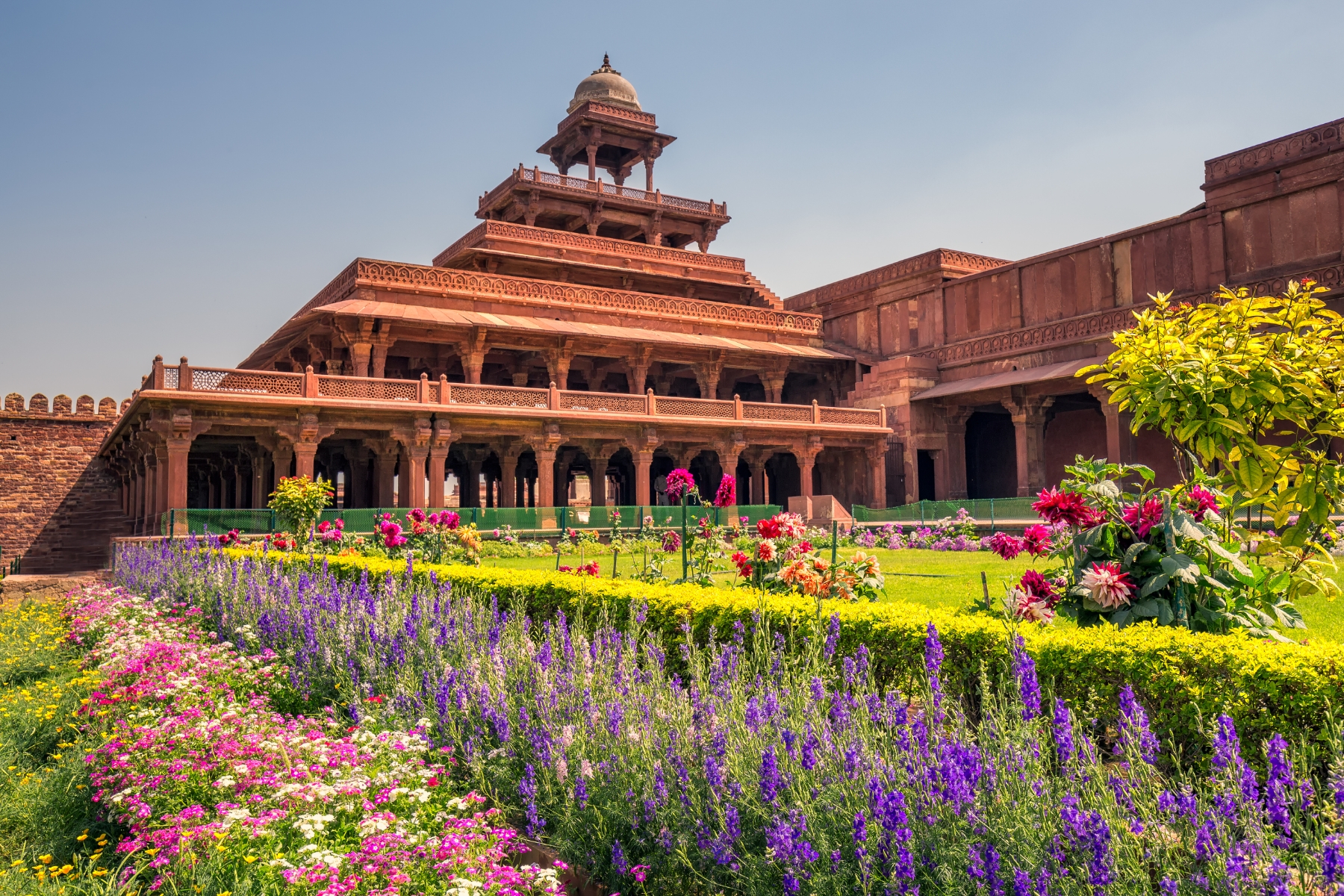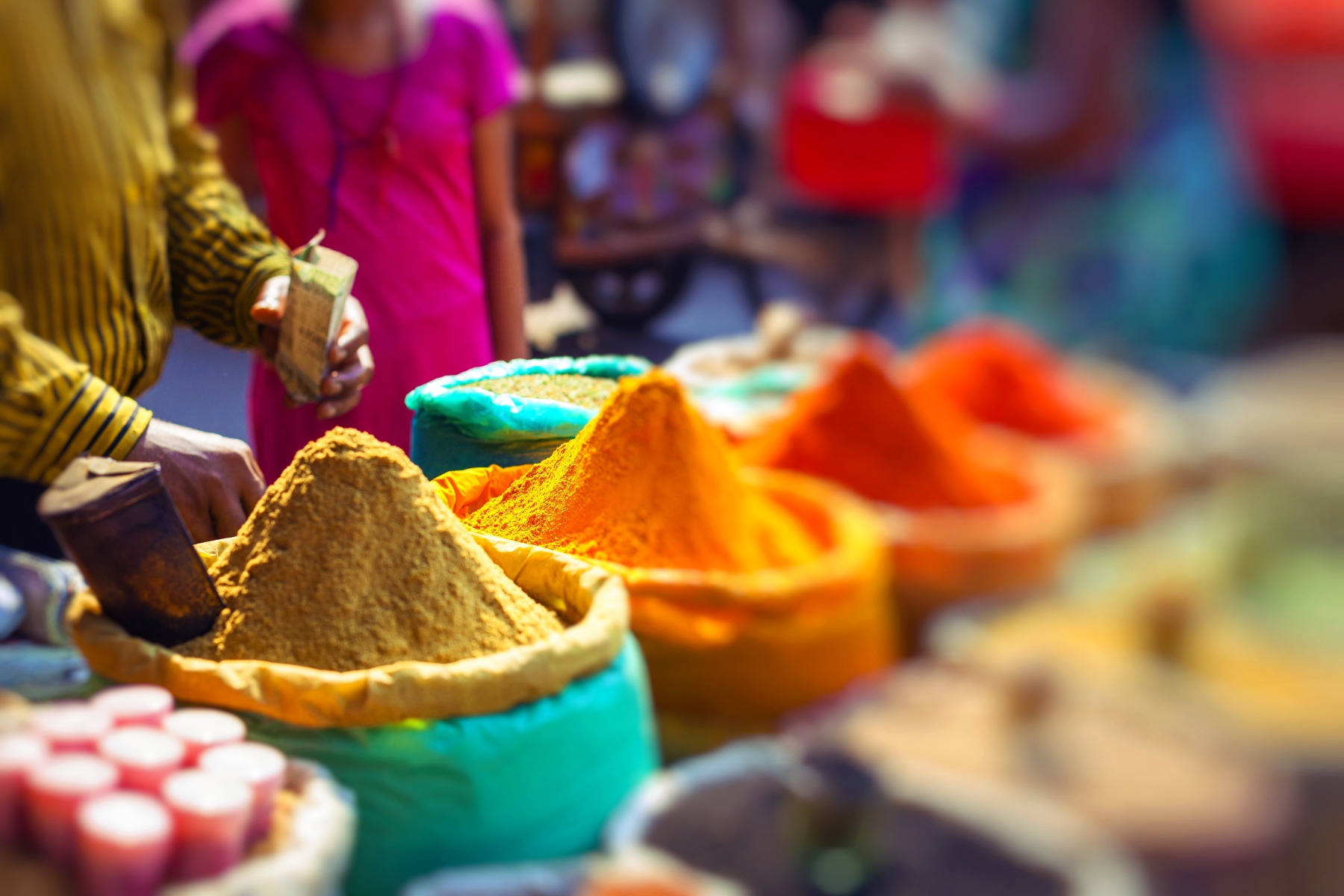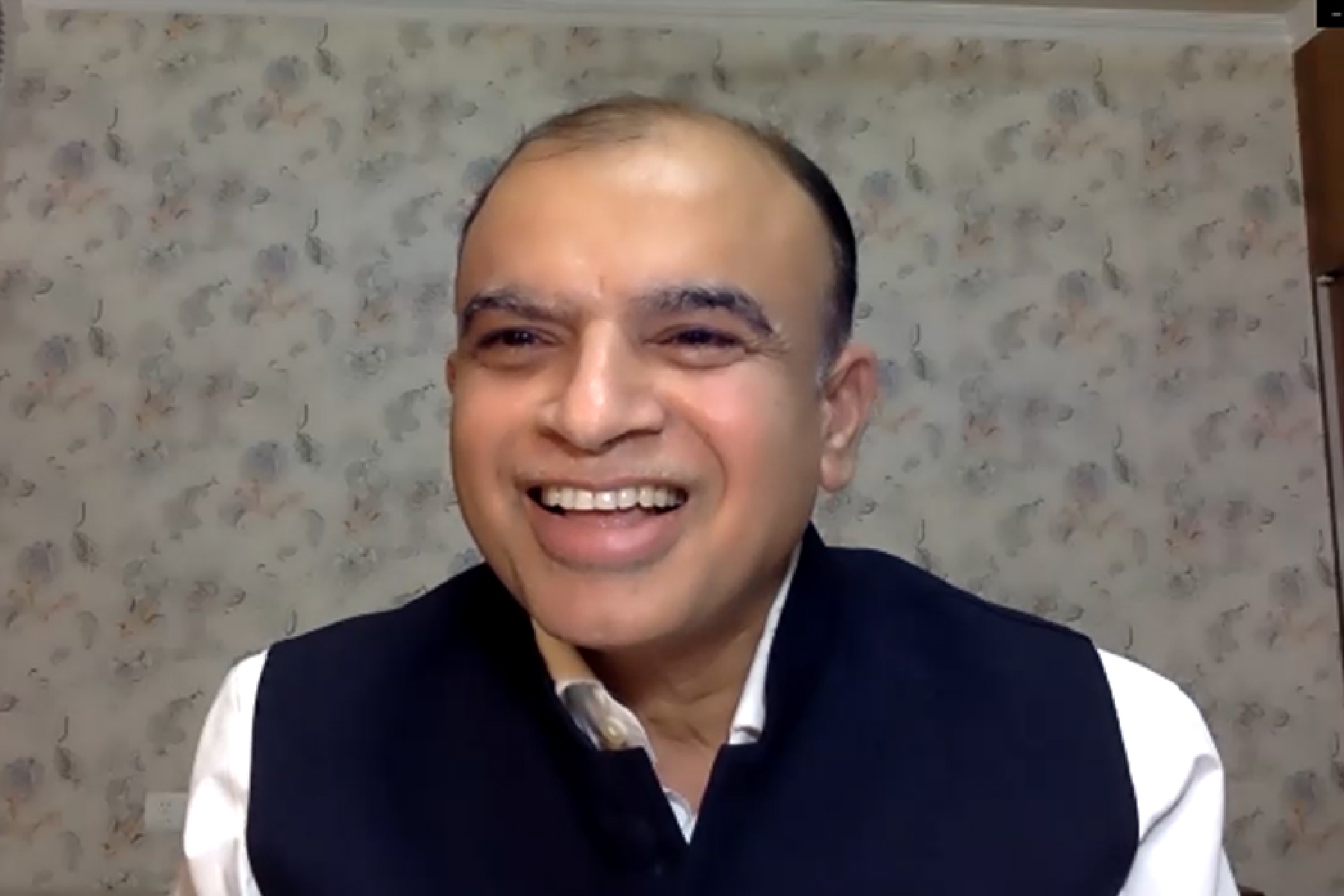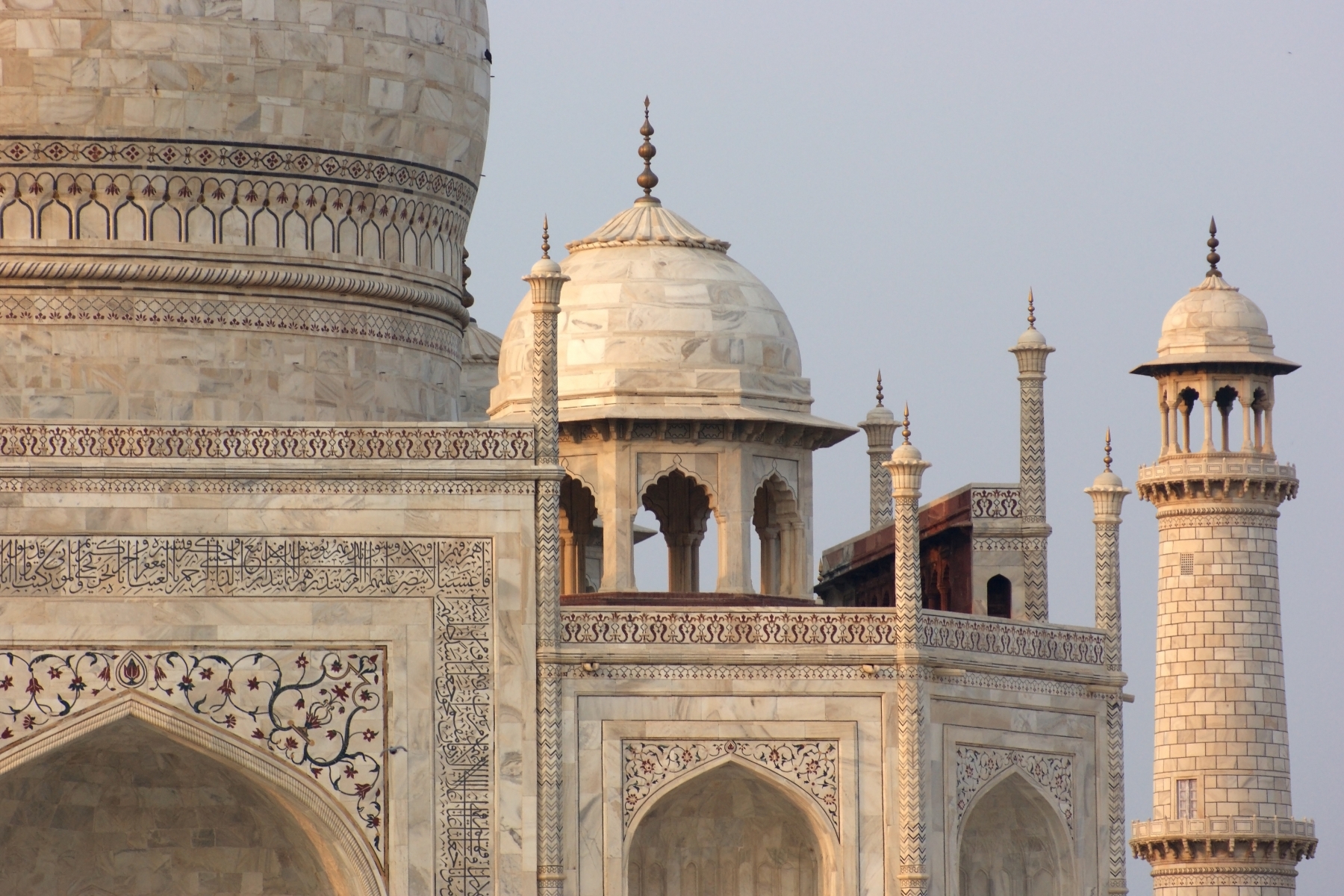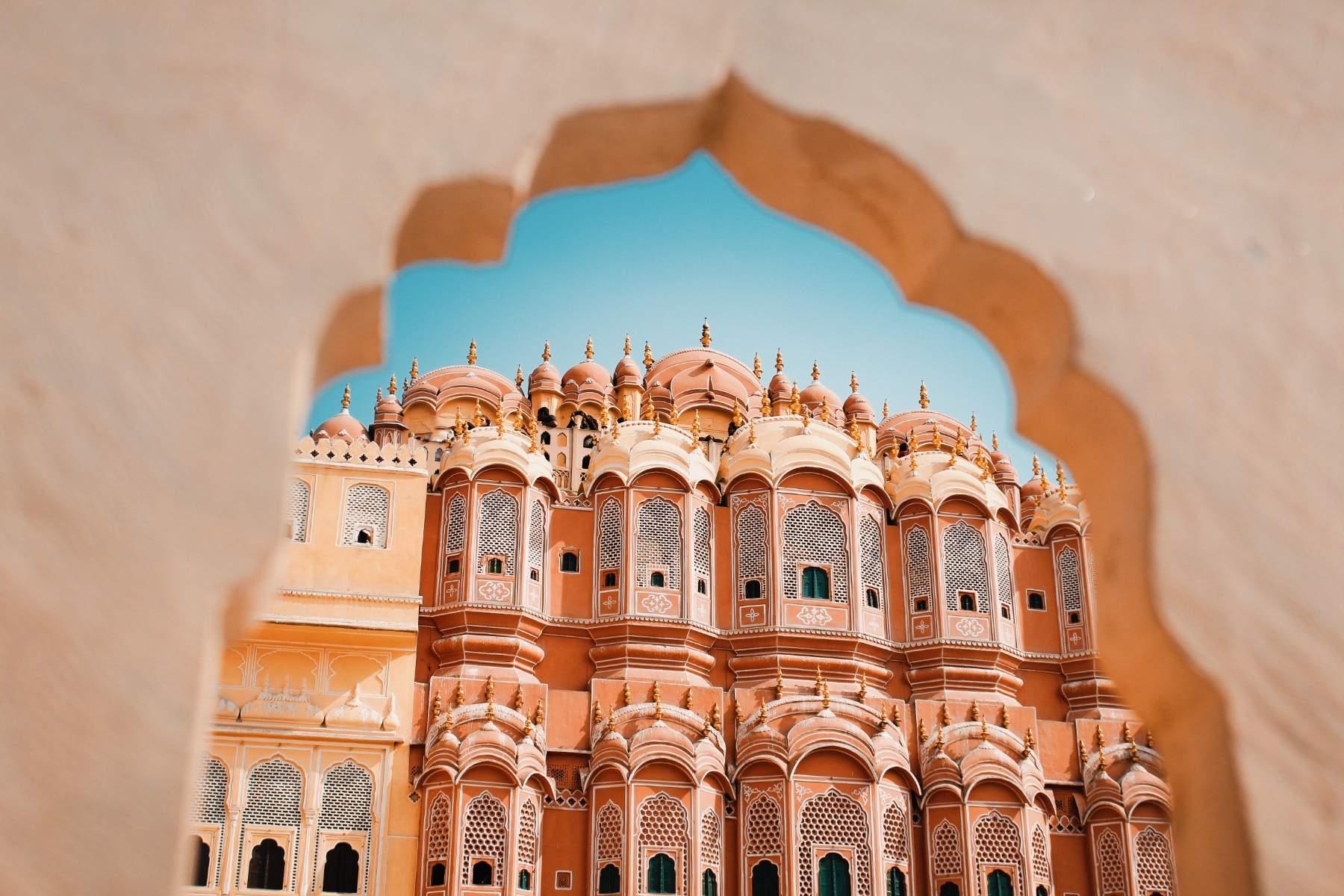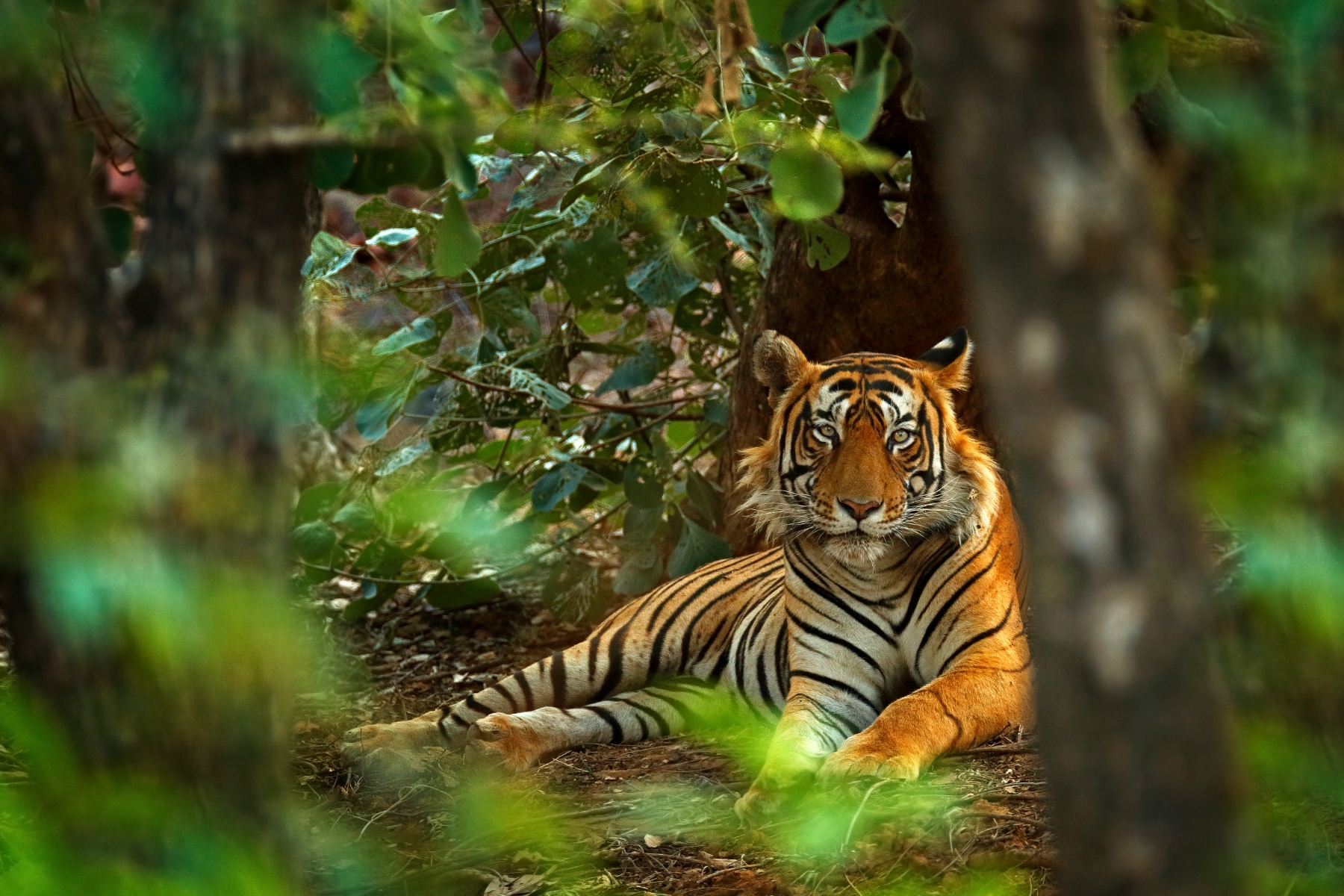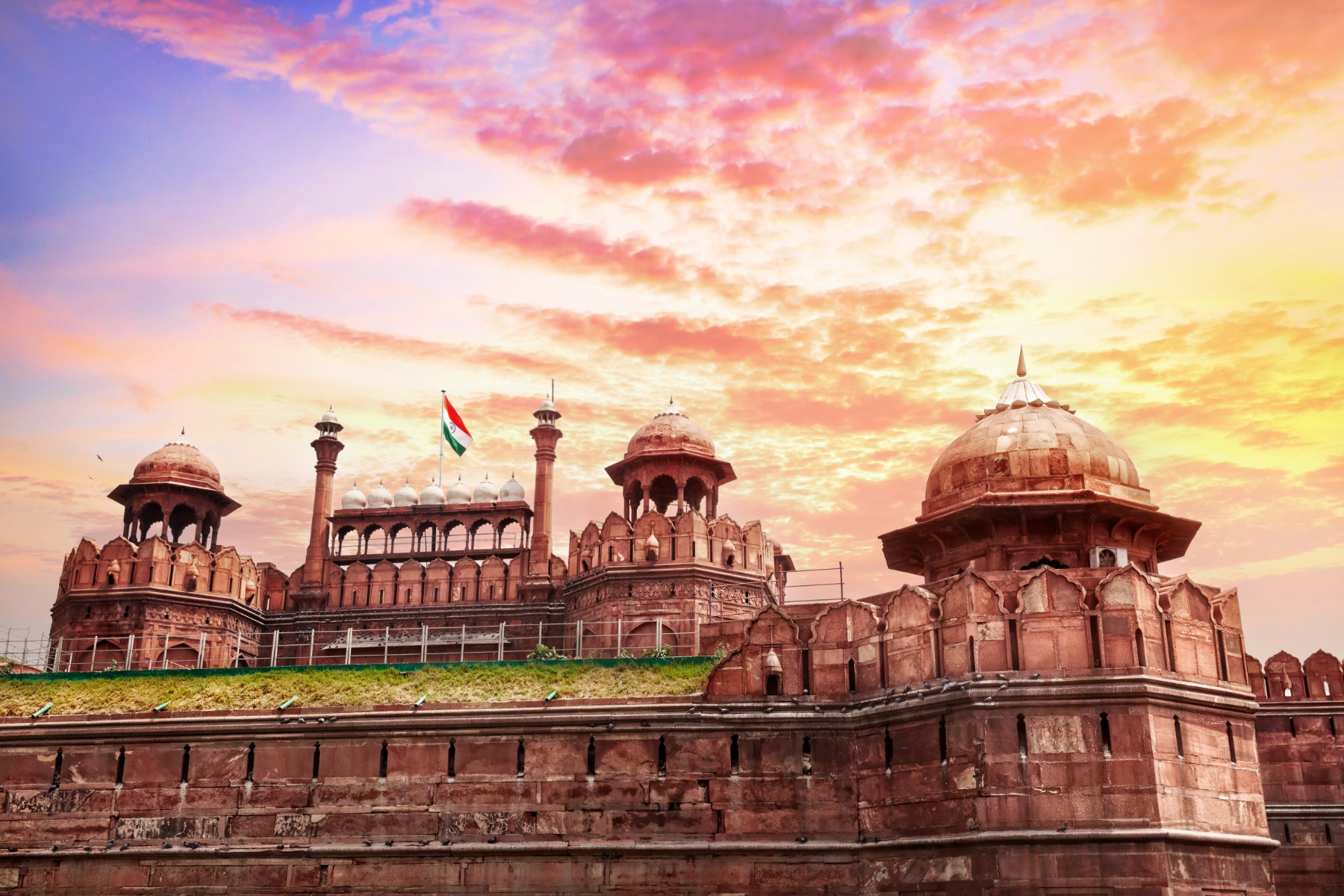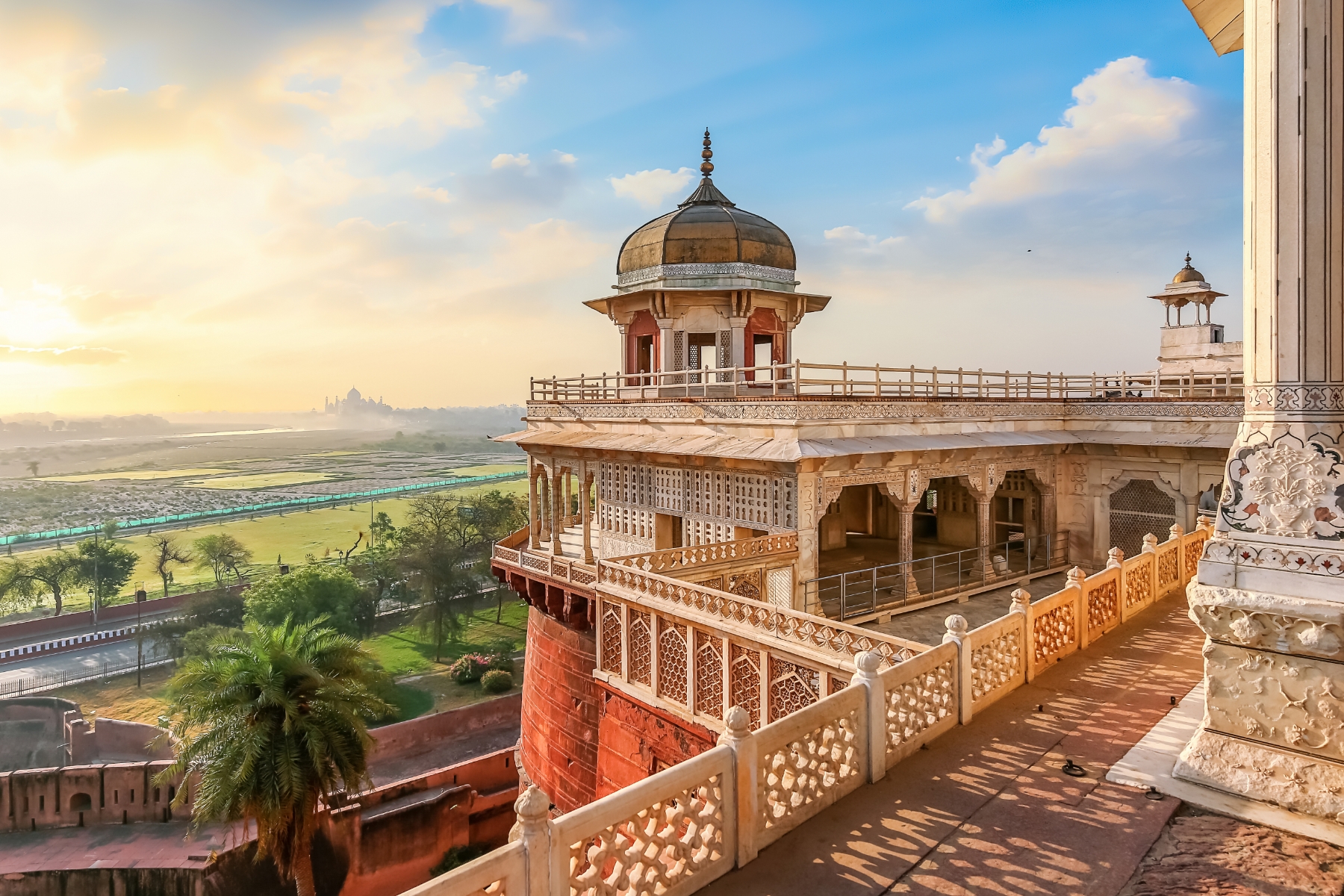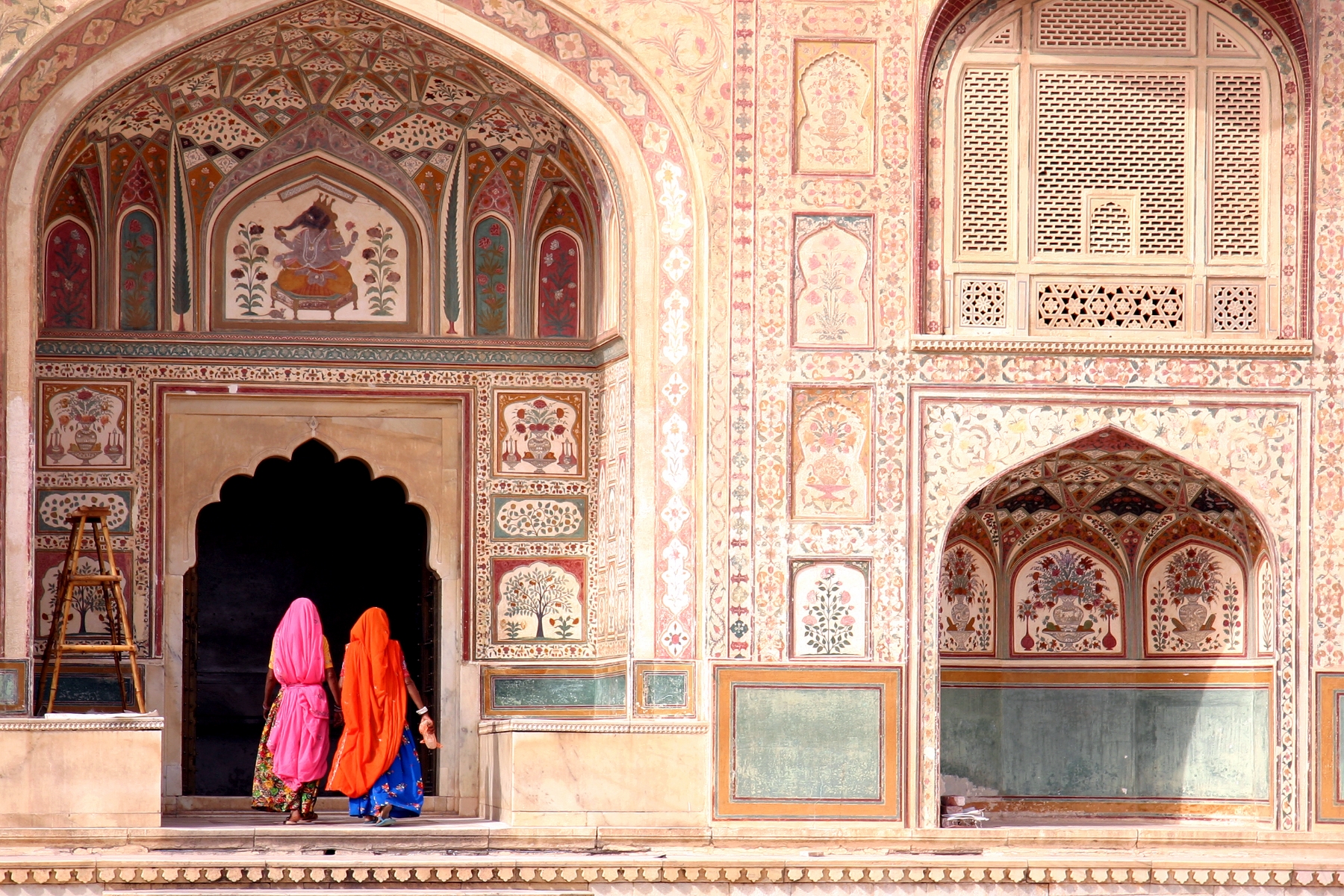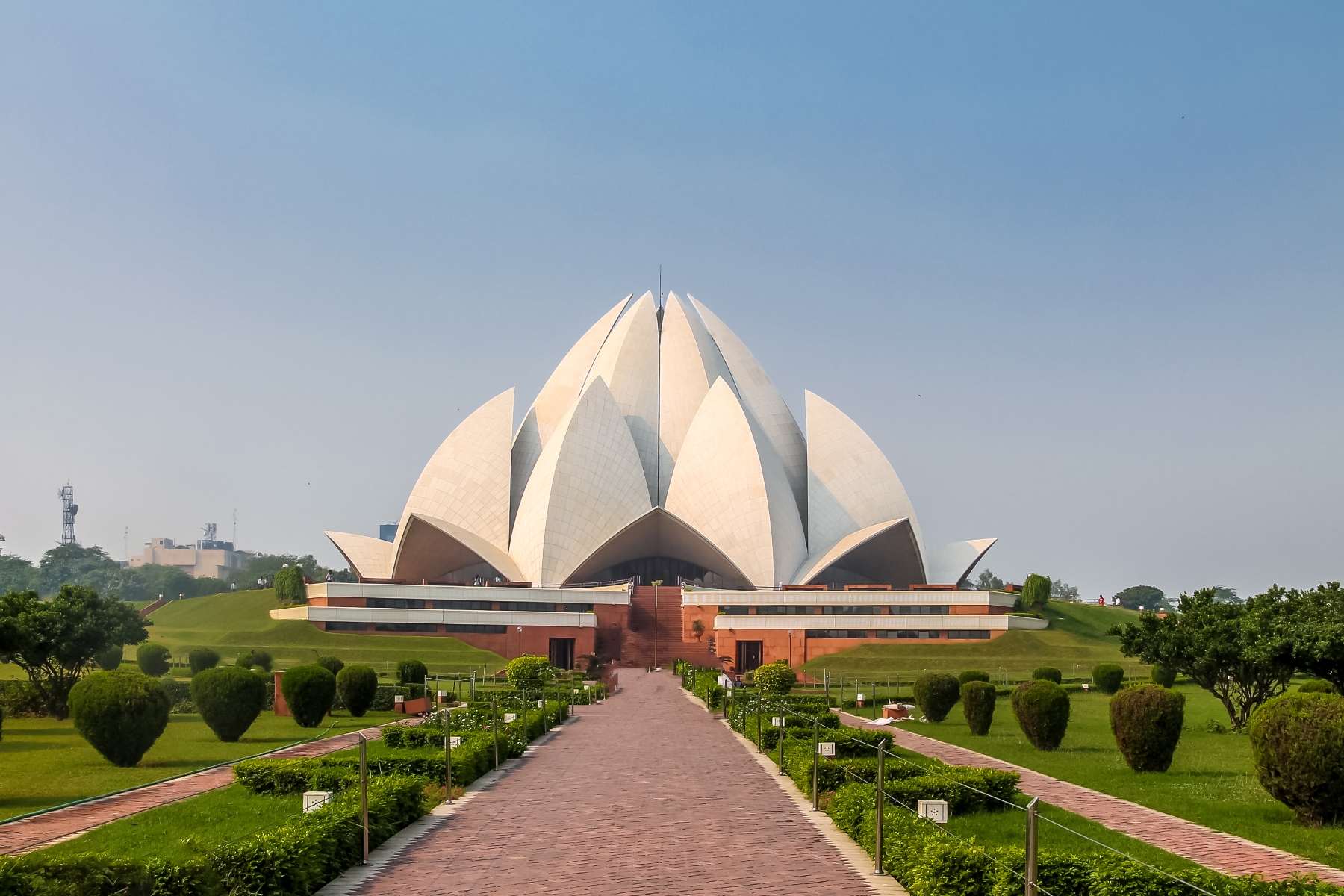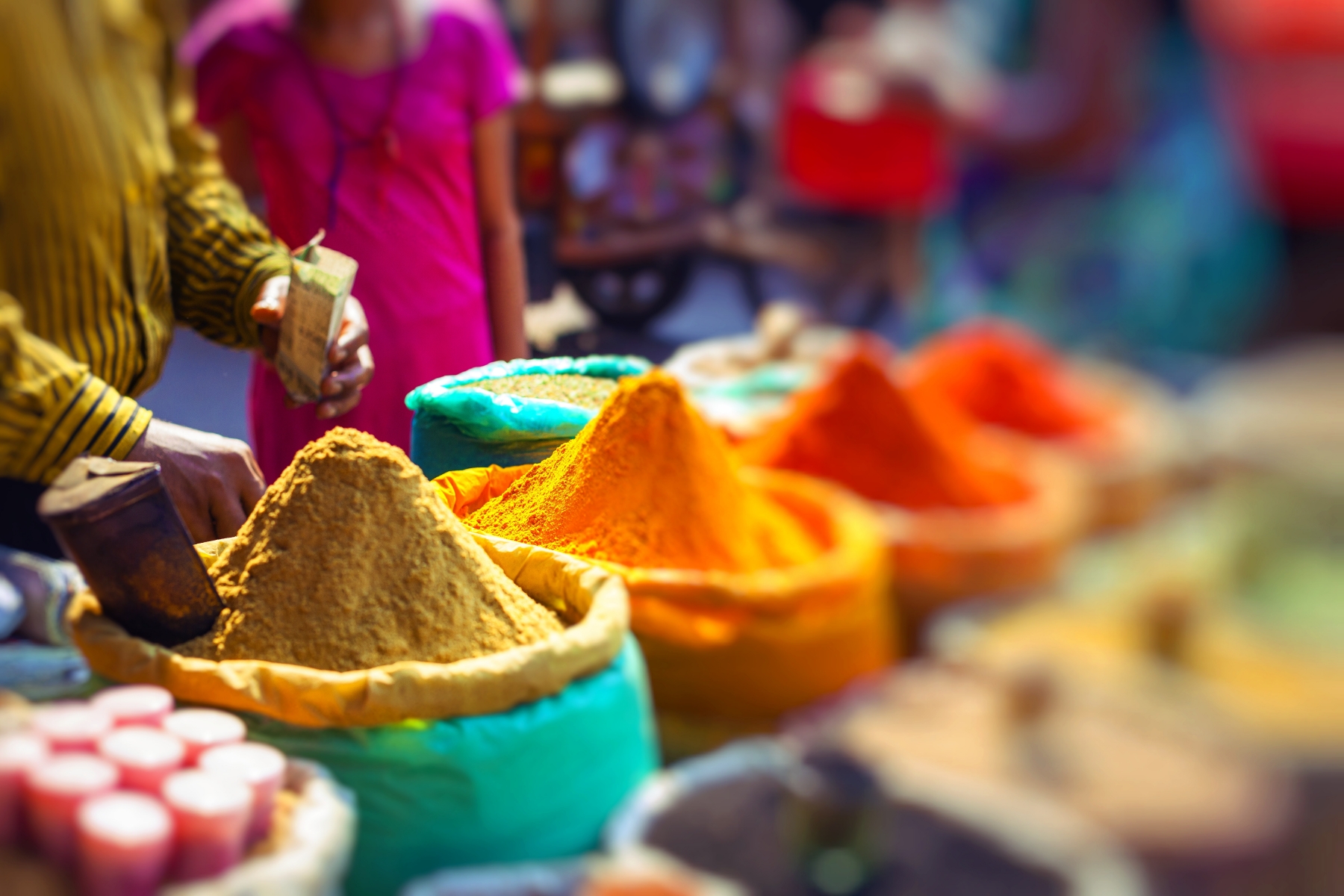Published:
9 Oct 2023
An exhilarating blend of sights, sounds and smells, few places in the world awaken the senses quite like India. The area known as India’s Golden Triangle links Delhi, Agra and Jaipur in the country’s northwest. If you look at a map of India and draw a route between these three cities, you have a near perfect triangle, which is how this well-trodden path found its name.
You can discover the mesmerising wonders of India’s iconic Golden Triangle during a series of fascinating fully escorted tours. We work with trusted tour partners who offer informative tour guides with genuine passion for the places they live, so you’ll get to know the destination in a really unique and authentic way. What’s more with all flights and transfers included you can enjoy your holiday without any unexpected surprises or hidden extras.
Read what the experts have to say
New Delhi-based tour guide Sunil Bahal, who has worked as a guide for over 26 years, shares his expertise on India’s Golden Triangle.
Q. What makes the Golden Triangle such a special experience for visitors?
A. It’s a perfect introduction to capture the Indian experience. The Golden Triangle captures the essence of India. When you travel to the cities of Delhi, Agra and Jaipur you cover eight [UNESCO] World Heritage Sites, which is phenomenal. When you travel between the cities, you also see wonderful countryside. Diversity, architecture and the monuments make the Golden Triangle perfect for any visitor coming to India for the first time.
Q. What’s a personal highlight of the Golden Triangle tour and why?
A. My personal highlight is, of course, the Taj Mahal. I have stopped counting how many times I have been to the Taj Mahal, but whenever you walk into the monument, it never disappoints you. It’s truly majestic and breathtaking; the symmetry, the ambiance, the setting. Whatever the weather – it is spectacular and nothing beats it.
Q. What do you think surprises visitors the most about the Golden Triangle?
A. It is the diversity. When you travel from one city to another, you see the change in the landscape every 10-12 miles; the cuisine, the way people are dressed, the climate. It is like travelling across a continent and that’s why we call it the Indian subcontinent. It’s also the warmth of the people that really surprises visitors. People are so very helpful, friendly and always smiling. Lastly, the moment you step inside any of the monuments from the hustle and bustle of the city, it is so very serene and the colossal scale of the moments naturally surprises visitors.
Q.What are some of the hidden treasures you like to share with your tour groups?
A.There are so many hidden gems to see. In Delhi, when you travel to the Old City [Old Delhi], it’s the Grand Mosque, which is one of the largest mosques in India. It can fit about 20,000 people at a time, so it is huge. We call it Jama Masjid. When you travel from Agra to Jaipur there is a place called Fatehpur Sikri, which is a World Heritage Site. It’s so fascinating, with a rich history and so many palaces. Also the Jantar Mantar Observatory in Jaipur is incredible; it is another World Heritage Site and has the world’s largest stone sundial! It calculates the time, the position of the sun, moon and stars. These – the Jama Masjid in Delhi, Fatehpur Sikri outside of Agra and Jantar Mantar Observatory in Jaipur – are my three hidden treasures of the Golden Triangle.
Q. What tips or advice do you have for a first-time traveller to the Golden Triangle?
A. It is an assault on the senses. My advice is to take it as it comes and, when you do that, then you enjoy it. It is an experience!
Q. Do you have a favourite restaurant that you like to take guests visiting your home city of New Delhi?
A. I have a favourite restaurant; it’s called Lazeez Affaire, which is very close to the embassies and the British High Commission. The food is really delicious, there’s a lot of variety and wonderful service. My favourite dish is chicken – chicken is the speciality in Delhi.
Q. What are the benefits of taking an escorted tour of the Golden Triangle over touring independently?
A. The benefits of an escorted tour, especially when you are visiting India for the first time, is you have a person who knows how things work over here, speaks the languages and knows things like how to get tickets and into monuments
Best sights to see in India’s Golden Triangle
There is no better time to book your next bucket-list adventure, starting with India’s revered Golden Triangle.
The three pronged route in northern India starts and ends in New Delhi, the colourful and bustling capital. From there, travellers embark on the journey of a lifetime, looping in Jaipur in Rajasthan and Agra in Uttar Pradesh.
Here’s our pick of the best sights to see on a tour of the Golden Triangle.
The highlight of the Golden Triangle is, arguably, the Taj Mahal in Agra. Built in the 17th-century, the striking white marble palace, its four minarets and beautiful gardens are universally recognised. Aim to visit the Taj Mahal at sunrise or sunset when views are particularly spectacular. Expect large crowds during peak periods.
Also known as the ‘Palace of Winds’ and ‘Palace of Breeze’, the striking Hawa Mahal was built in 1799 as an extension of the Royal City Palace of Jaipur, the capital of Rajasthan. Explore the dusky pink fortress, dedicating time to admiring and taking plenty of photos of its whimsical exterior.
If your itinerary allows it, a stop in Ranthambore National Park is worth the extra time for the chance to get up close with some incredible wildlife, including monkeys, hyenas, leopards, wild boars, and the magnificent Bengal tiger.
Located in the centre of Old Delhi, the Red Fort was completed in 1648, commissioned by emperor Shah Jahan when the capital moved to Delhi from Agra. The gigantic red sandstone complex is made up of a number of pavilions connected by a water channel that is known as Nahr-i-Bihisht (Stream of Paradise).
Built in the 16th-century, this rust-tinged fortress was once the residence of Mughal dynasty emperors. Also known as the Red Fort of Agra, the walled city was declared a UNESCO World Heritage Site in 1983. Explore some of its 94-acres, including palaces, mosques, tombs and extravagant courtyards.
Another of the Golden Triangle’s fabled forts, Amber Palace, also known as Amer Fort, sits on a hill on the banks of Maota Lake, just outside of Jaipur. Discover the extensive complex of white marble and sandstone buildings, including the Shila Devi Temple and the maharaja’s apartments. Before leaving, take in the view over the lake from the Jai Mandir (Halls of Victory).
The only modern sight on our list, Delhi’s Lotus Temple is a contemporary masterpiece shaped to resemble a lotus flower. Designed by Iranian architect Fariborz Sahba and opened in 1986, the Lotus Temple is one of seven Baha’i houses of worship around the world. The temple is not dedicated to one religion, with visitors from all religions welcome.
Not a sight, per se, but the beating heart of Delhi within the old city walls. Embark on a historical tour to experience the highlights, covering attractions such as one of the largest mosques in India, the Jama Masjid of Delhi, and the vibrant Spice Market where you will find rows of fragrant and colourful spices.

